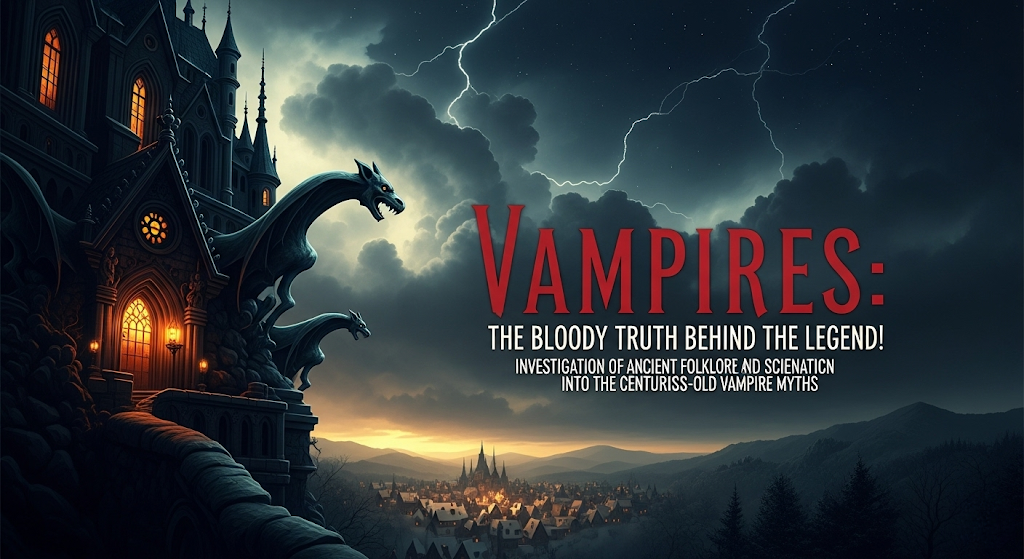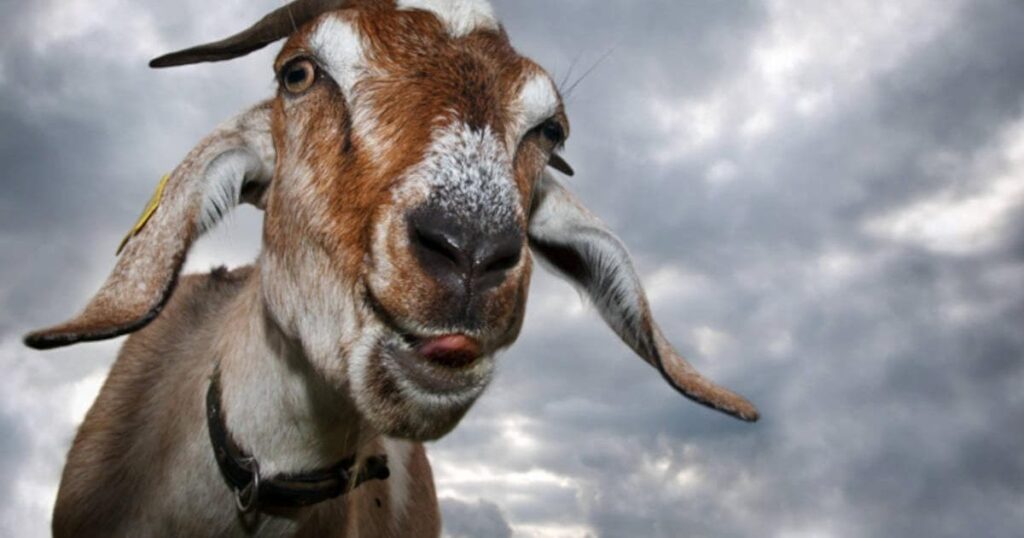For centuries, vampires have terrorized humanity, shapeshifting from ancient demons to modern-day bloodsuckers. But what’s the real story behind these legendary creatures?
Fear of Disease Fueled the Myth
Imagine this: In 1892, villagers in Exeter, USA, dug up 19-year-old Mercy Brown’s grave, convinced she was a vampire draining her brother’s life. They found her body “fresh” with rosy cheeks, burned her heart and liver, and even made her sick brother eat the ashes! Sounds crazy, right? But back then, when diseases like tuberculosis and rabies swept through communities, people blamed “vampires” for the mysterious deaths and symptoms.
Ancient myths also feature blood-drinking entities like Sekhmet from Egyptian lore and Lilith from Jewish folklore. These early versions share a common thread: they drain something vital from humans.
From Folklore to Fiction: The Modern Vampire Takes Shape
The term “vampire” first appeared in 1725 when Serbian villagers believed a deceased man, Petar Blagojević, was returning from the dead to cause sickness. An official report even noted his body appeared fresh with fresh blood around his mouth after he was staked!
But it was literature that truly cemented the modern vampire. Poets like Lord Byron and authors like John William Polidori (with his 1819 novella “The Vampyre”) began popularizing the bloodsucking aristocrat. Then came Bram Stoker’s 1897 masterpiece, Dracula. Stoker’s iconic count, with his sharp fangs, pale skin, and ability to turn into a bat, became the definitive image of the vampire we know today.

Real-Life “Vampires”?
While literal undead creatures don’t exist, history has seen figures whose brutality echoed vampiric traits. Vlad the Impaler, a 15th-century ruler from Wallachia (now Romania) also known as Vlad Dracula, was infamous for impaling thousands of enemies and was rumored to dip bread in their blood.
In the 20th century, German serial killer Fritz Haarmann earned the nickname “Vampire of Hanover” for biting his victims’ throats.
So, while vampires aren’t lurking in the shadows, their enduring legend is a fascinating blend of ancient fears, medical misunderstandings, and compelling storytelling. From terrifying folklore to modern-day cinematic heartthrobs, the vampire continues to captivate our imaginations.
What do you think – is there anything more to the vampire legend that still intrigues you?

